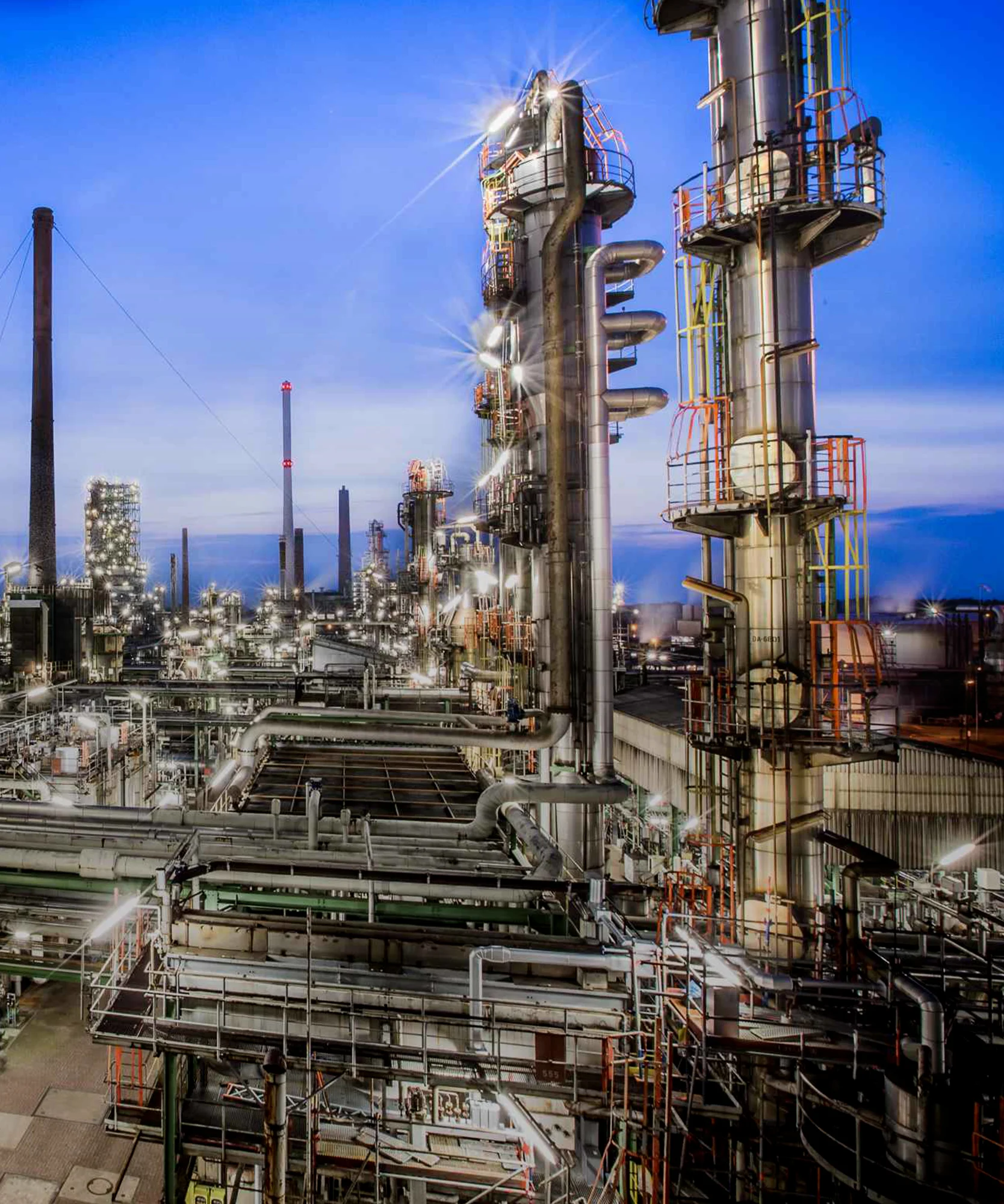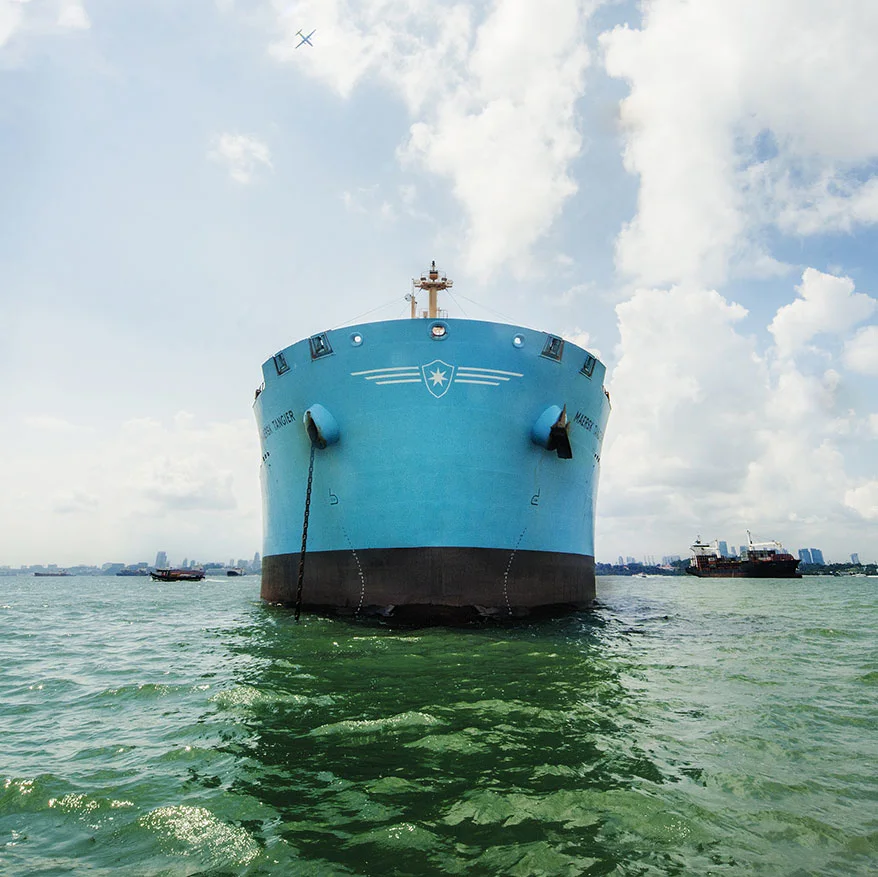bp is growing its bioenergy business to meet increasing demand
100K by 2030
We’re aiming to produce 100,000 barrels per day (bpd) of biofuels by 2030. That’s up from 27,000bpd in 2022
Investing in five projects
Expecting to produce ~50,000bpd of biofuels from projects at our Kwinana, Rotterdam, Castellón, Lingen and Cherry Point facilities by 2030
Boosting biogas
We plan to increase our biogas supply six-fold by 2030. Our acquisition of US-based waste-to-gas giant Archaea is a game changer for bp
bp Bunge Bioenergia
Project spotlight
JV bp Bunge aims to produce around 30,000 barrels per day of bioethanol by 2030, net to bp
Sustainable aviation fuel
Product spotlight
bp aims to be a market leader in sustainable aviation fuel (SAF) production by 2030
bp & Maersk Tankers
Customer spotlight
With Maersk, we’ve piloted the use of bio-blended marine fuel in product tankers, helping to decarbonize shipping

























